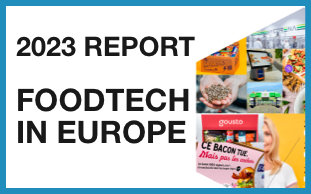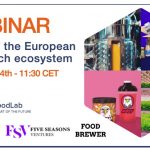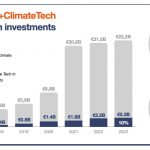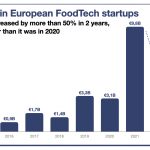Week after week, we observe the surge of new alternatives to the good old trip to the grocery store and home cooking. It is notably the case with numerous new “ready to eat” meal delivery startups. Many have recently raised capital (or are currently raising). We can divide these startups into at least 4 categories:
1 – The new meal kits: heat and eat
The most well-known category is made of startups selling fresh meals cooked and delivered at your door each week. These subscription services are numerous, with established brands such as AllPlants or Freshly (acquired by Nestlé).
More recently, we have observed a surge in the number of such startups created worldwide, for example, WeCook, a Canadian player that raised $40M last week.
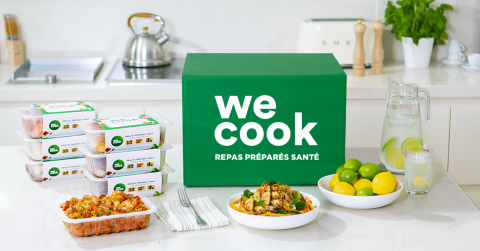
2 – Specialised meal kits
As often, after (and in this case even during) the surge of services targeted to a general audience, we observe the arrival of more targeted services, for example:
- Mamamade (UK, $2M raised earlier this year), selling plant-based foods for infants
- Chinuki, a German startup that offers subscriptions for parents with kids
- Parsley box, a British startup that targets an older audience with traditional meals (whereas most services have more modern and often plant-based offerings). Interestingly, the company also choose a more conventional means for its funding. In March, it entered London’s stock exchange (at an £84M valuation).
From people doing sport (and then even more specialisation is possible depending on the sport), the more this kind of service will be adopted by consumers, the bigger the potential for specialised service will be.
3 – Personalised meals
Personalisation is one of the most interesting areas in FoodTech. However, it is also a very unpractical one. Available services and products cannot yet help consumers know what they really should eat or not. Hence, the promise of meals personalised to your needs is still some years away (some, such as Habit, have tried it, but it was a short-lived experiment).
Beyond that, personalisation based on your tastes also seems a bit complicated as it would dramatically increase the subscription cost.
4 – Private label brands for retailers
A last category of players is entering this market: old and new retailers. Indeed, both are working with or building their own virtual brands.
This week, for example, GoPuff, the US leading quick-commerce startup, announced that it was launching its first restaurant brand (pizzas). Other quick-commerce startups already list many fresh meals (some of them sourced from players in the first or second category listed above). This is also the case for traditional retailers, which are working with cloud kitchen operators to build their own virtual brands and offer fresh meals accessible every day in their stores.
These startups go beyond the “old” meal kit (such as HelloFresh or Gousto) or faster grocery delivery. They offer the “ultimate promise”: fresh food, more or less personalised to your taste, and delivered at your door.
These brands are neither retailers nor foodservice brands. They are mixing the two in something much closer to CPG brands. However, they are also much more agile than “old” brands. They adapt their offering each week, create a strong link with the consumer, and often use more than one channel to reach them: subscription (with a box delivered each week), B2B, retail stores or delivery platforms.
Looking at this space, it is almost obvious that opportunities are huge. For entrepreneurs, many specialised markets are untapped (people with special needs, either in terms of nutrition, taste or marketing). For F&B companies and retailers, it could become a significant opportunity to capitalise on their brands and create new channels.

